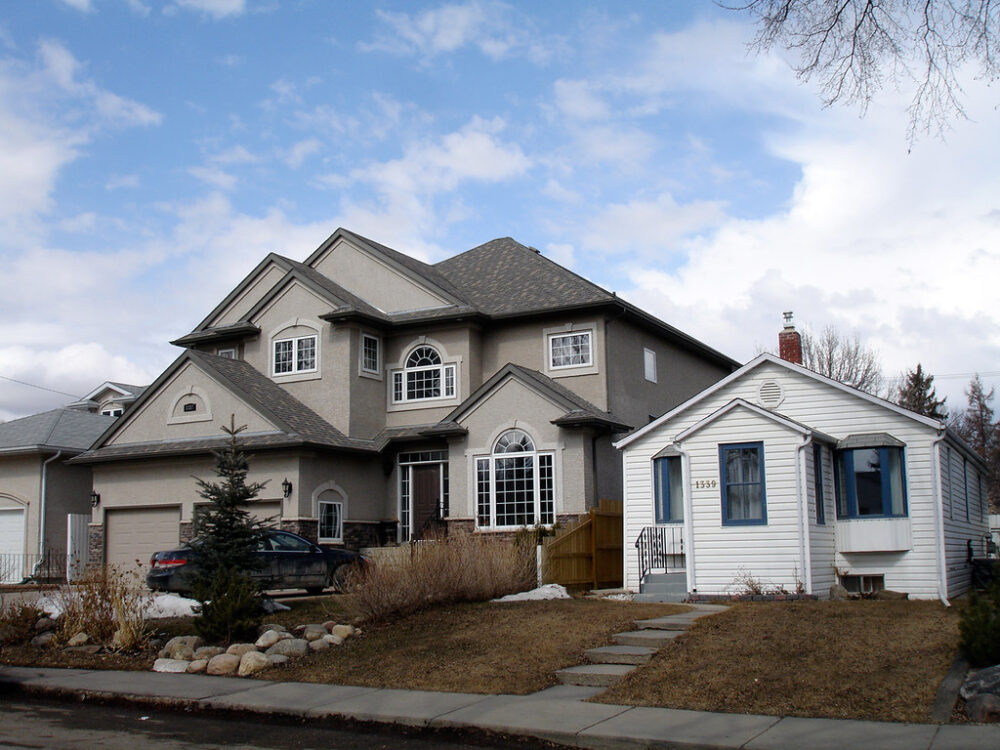
By Brandon Nguyen
As the 2020-2021 school year ends, a question dawns on every graduating student: when will I move out of my parents’ house? Unfortunately, that vision is bleak for students hoping to purchase a new home in California. The California Association of Realtors’ March report revealed California’s median home price was $758,990. For Fountain Valley High School students hoping to settle in Orange County, the median cost is $820,000.
After 1975, California’s home prices skyrocketed and haven’t stopped since. This unaffordability shrinks California’s middle class and turned the most populated state in the union to an out-migration state. We can’t be dismissive and label this as a demand issue. This is a supply issue. In order to fight the housing crisis, we must reform the California Environmental Quality Act (CEQA).
CEQA, passed by then-California governor Ronald Reagan in 1970, was originally intended to clean up pollution problems in California’s urban cities, most notably air pollution. Los Angeles during the 1900s experienced severe pollution and even issued “smog alerts.”
However, in 2021, people no longer purchase balloons of fresh air from the desert. Since then, major legislation has passed, such as the Clean Air Act of 1970 that experts estimate prevented 205,000 premature deaths from 1970 to 1990.
CEQA holds a strict standard that smothers hopeful charities or businesses that wish to build homes. Its biggest problem is that it allows anyone to file lawsuits against projects that allegedly would have a significant impact on the environment. CEQA evaluates hundreds of environmental impact issues and CEQA’s ease to file a lawsuit means the lawsuits are often not legitimate.
In Los Angeles, the restaurant El Mercado was able to delay a non-profit from constructing a 49-unit building on an empty lot that set aside 24 units for mentally ill homeless veterans through CEQA. Members of the Rosado family, which own El Mercado, complained about having mentally ill people near their restaurant.
They then filed a lawsuit over the building being built over an abandoned oil well. Experts from the City Planning Department conducted a 189-page report that deemed the project safe and approved by the city, but the Mercado family was able to delay it by claiming their own experts had come to a different conclusion.
In another case, a CEQA litigant tried to shake down a housing developer for $5.5 million.
“You know the drill. It’s going to take a check to make this go away,” the CEQA litigant said.
CEQA is so broad that it even has policies regarding shadows and how they might affect the aesthetic quality of a building project, which most courts have fortunately ruled would not produce a “significant environmental effect.”
For housing, CEQA means years and years of delay to maintain property, hire attorneys, keep workers and more which ultimately drives up the price of homes and shortens supply. Reviewing a five decade old rule is common sense and much needed.
Students can locate their assembly representative or state senator at findyourrep.legislature.ca.gov to express their opinions about CEQA and more affordable housing in California.





